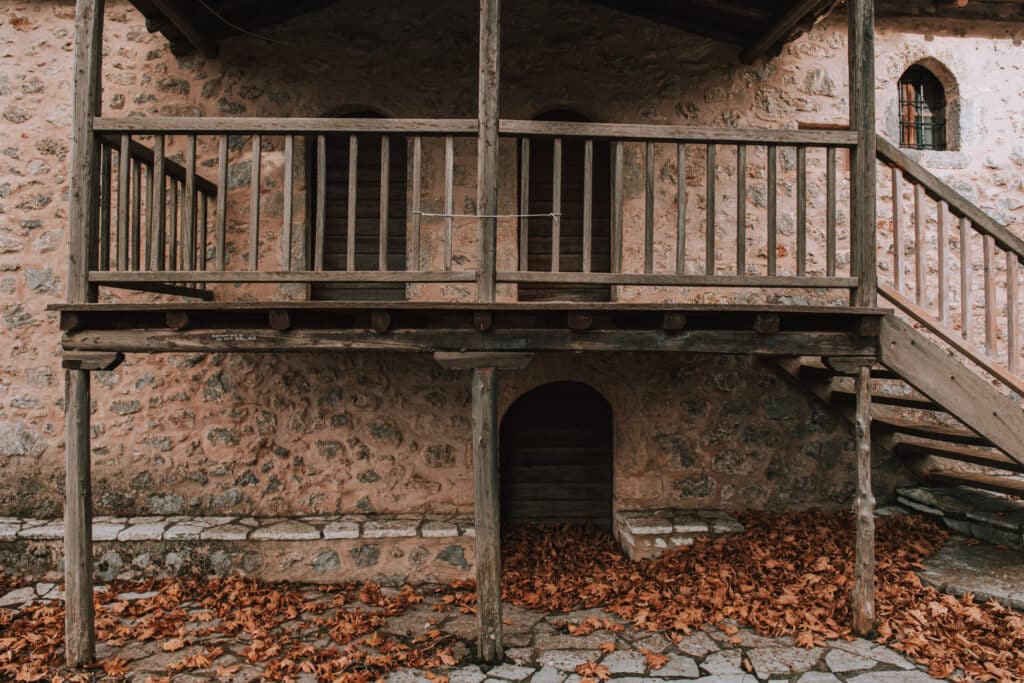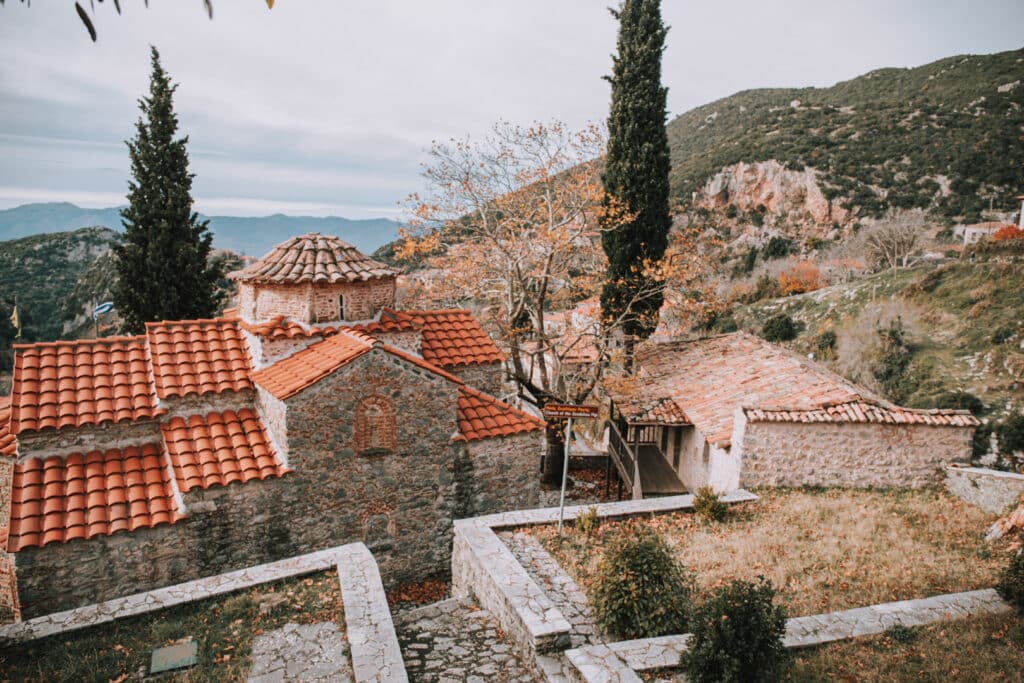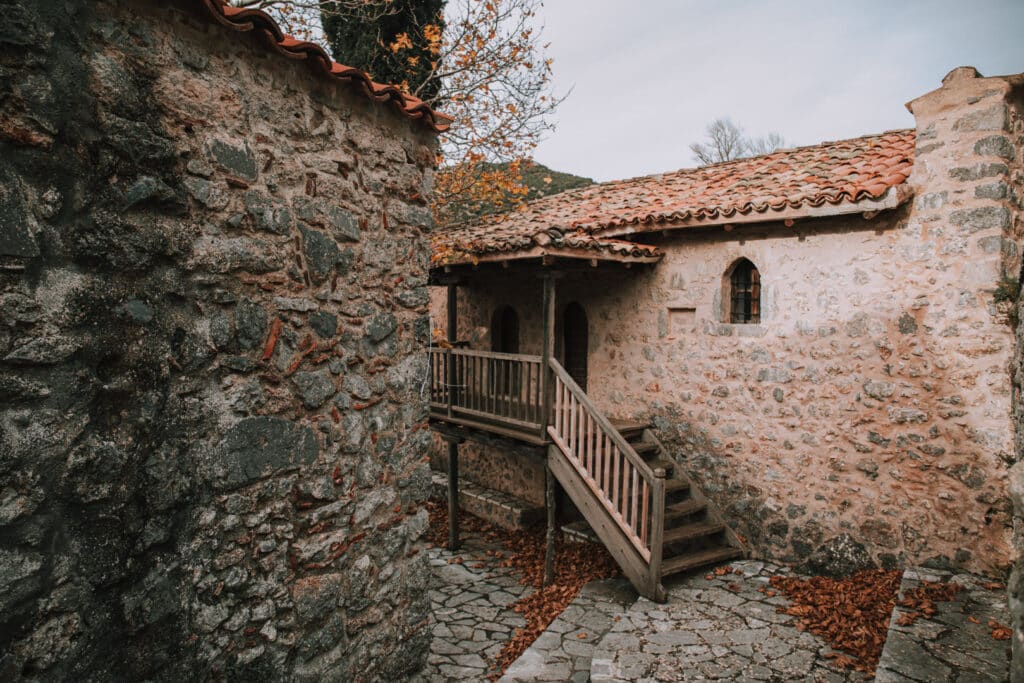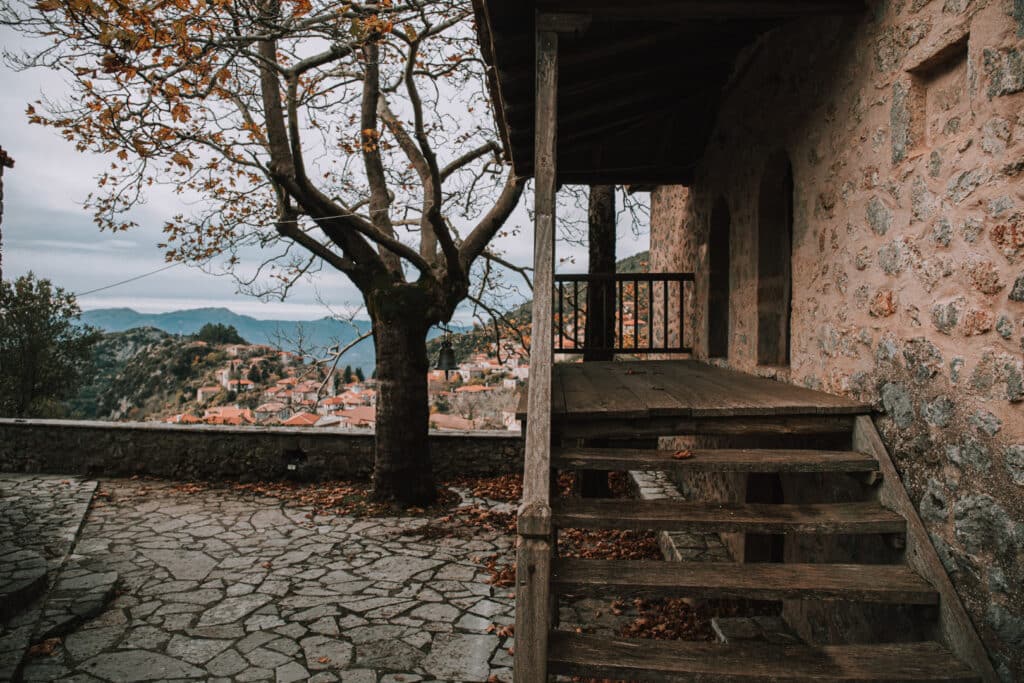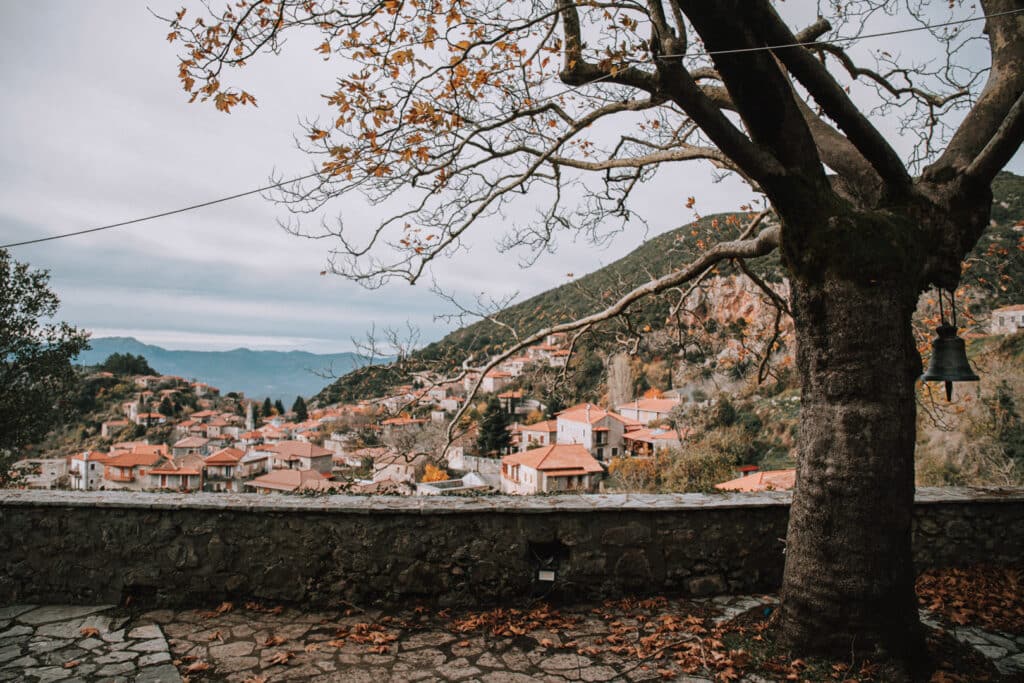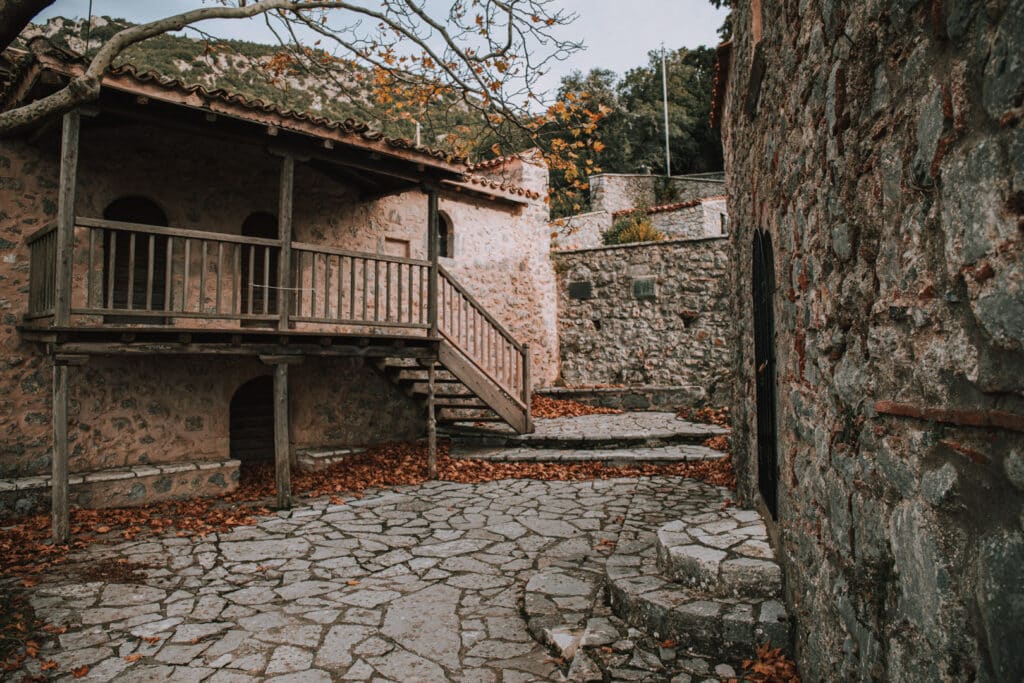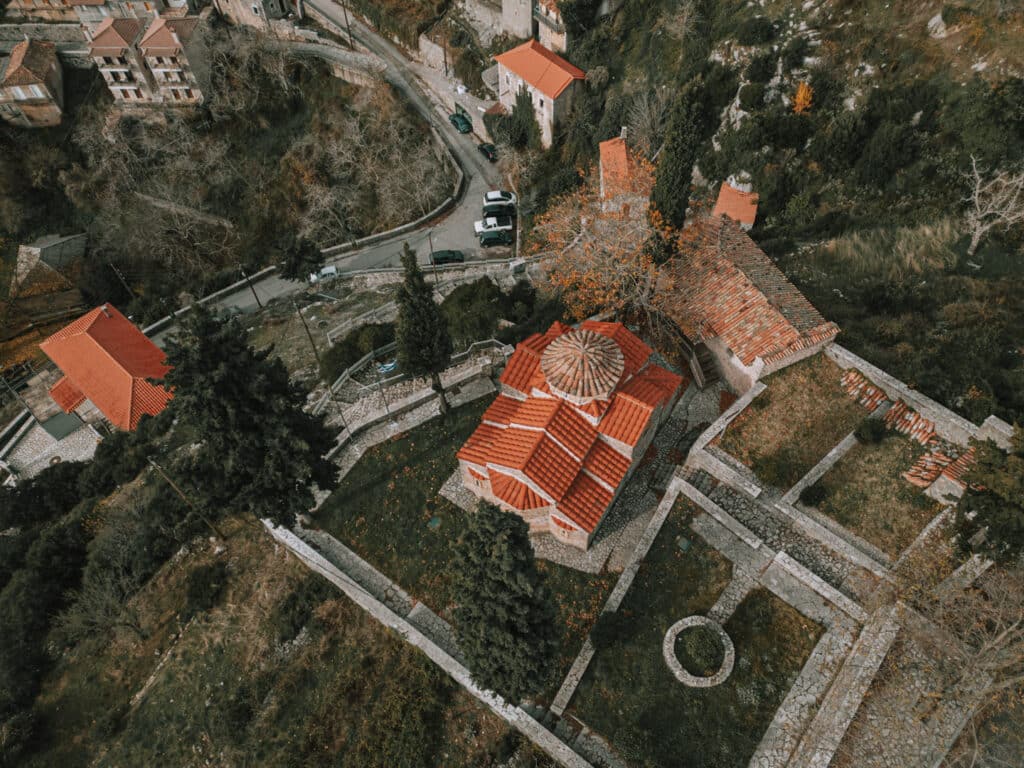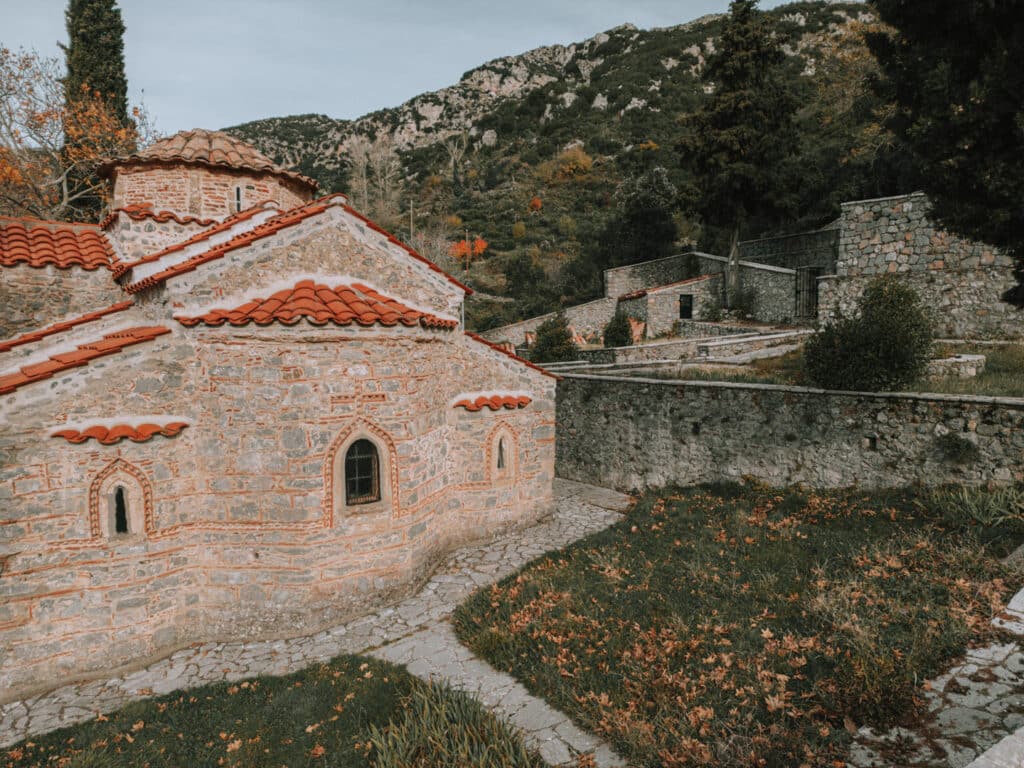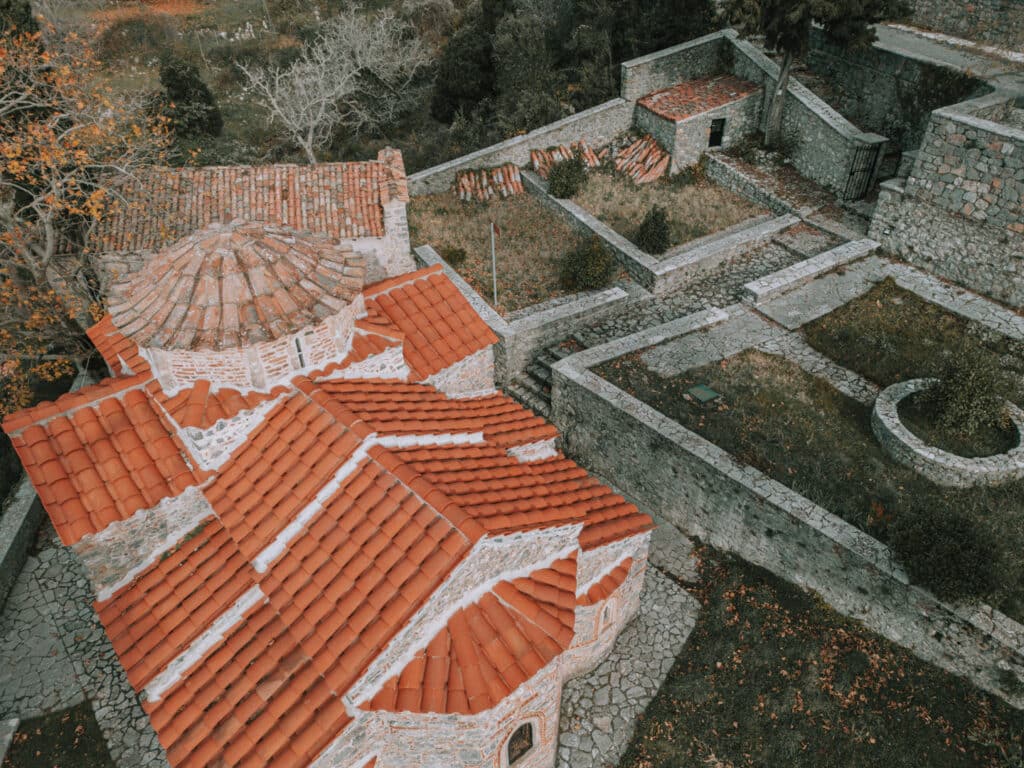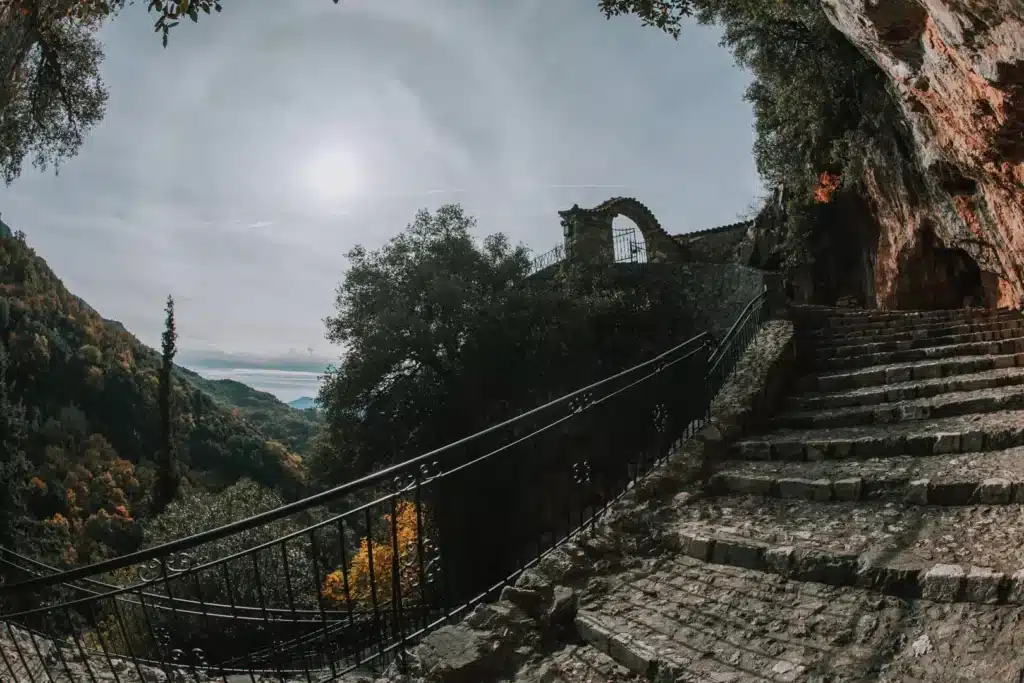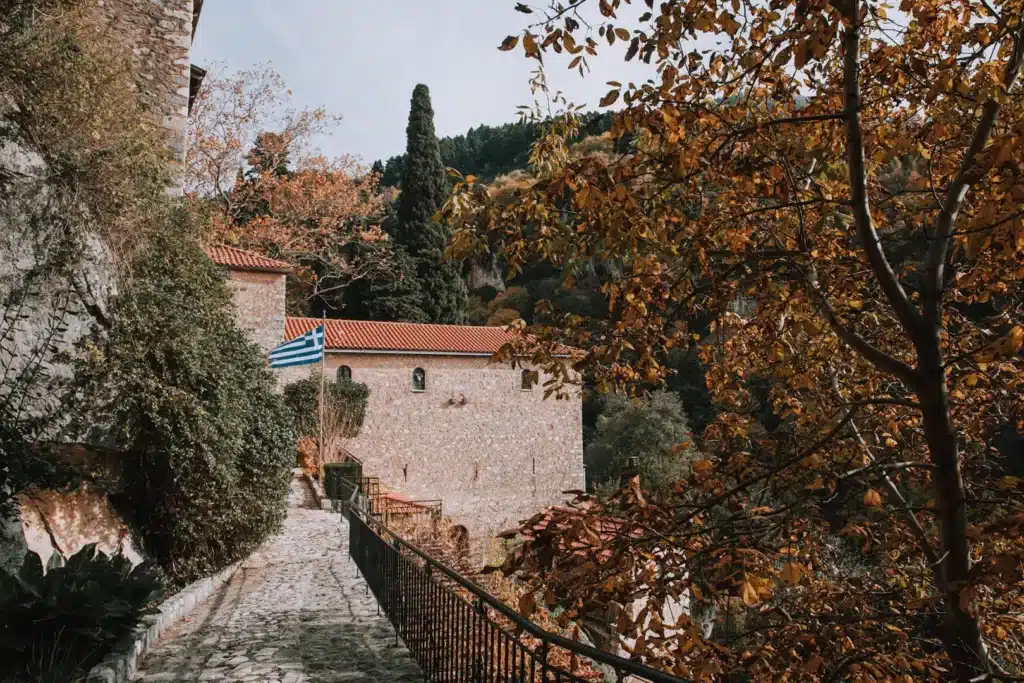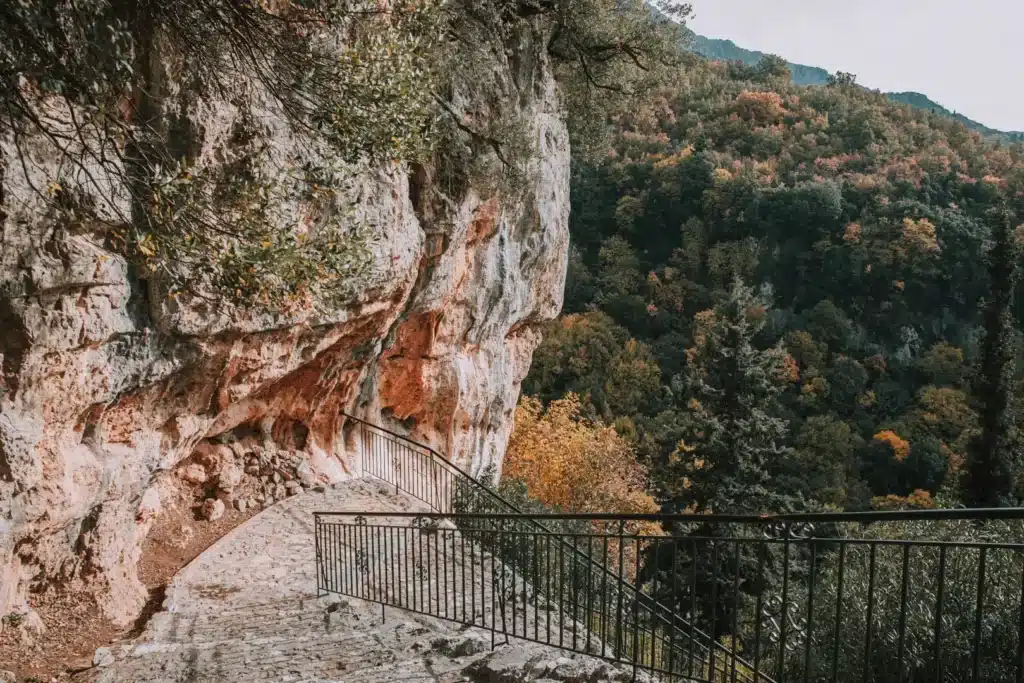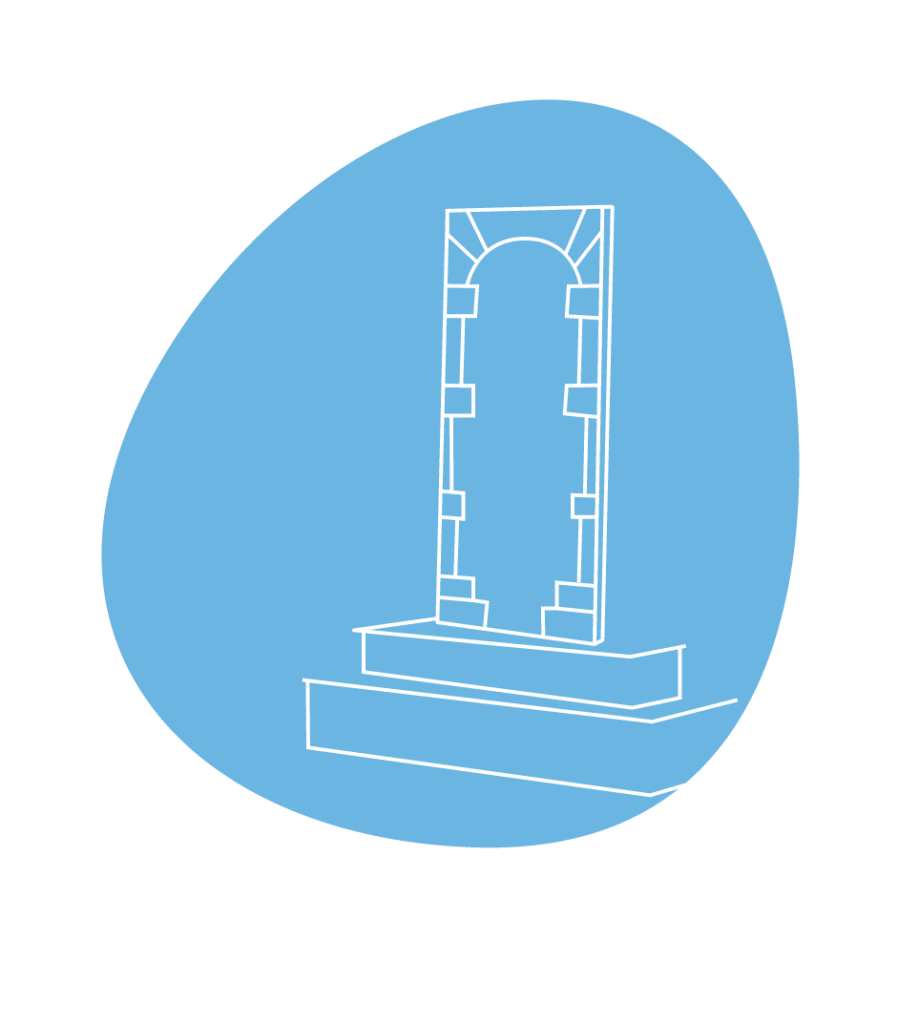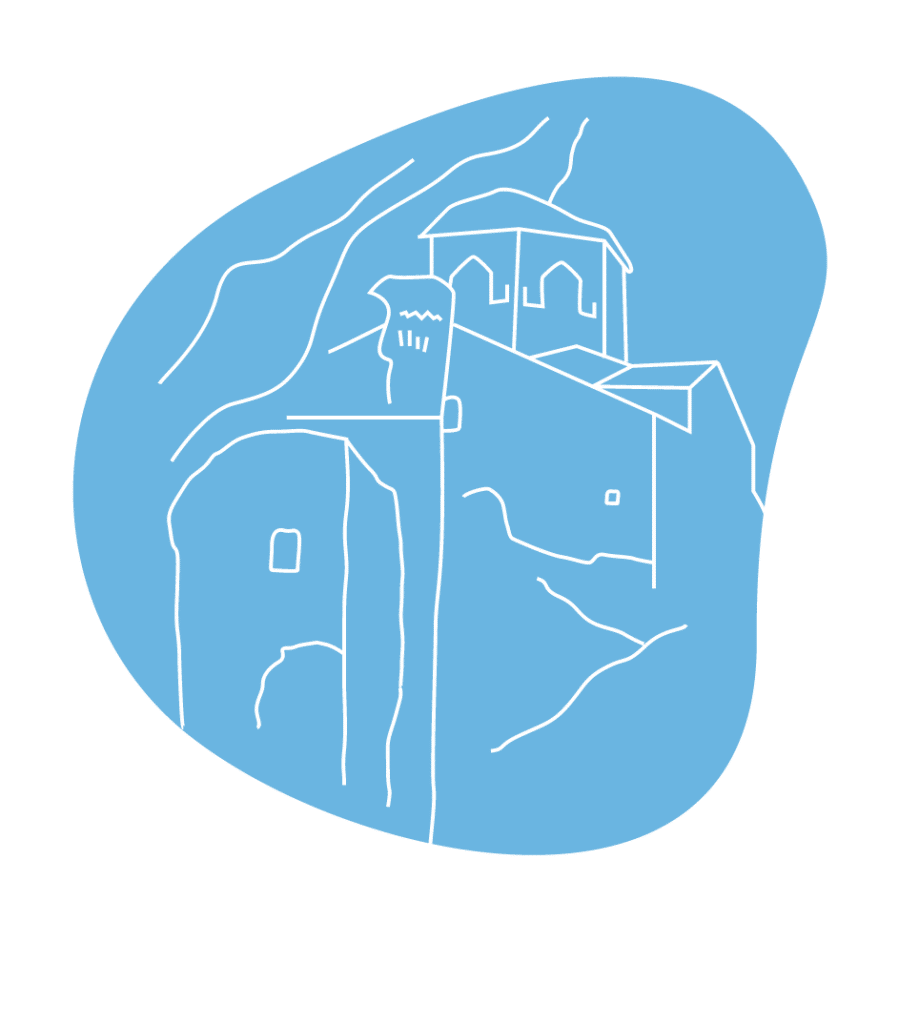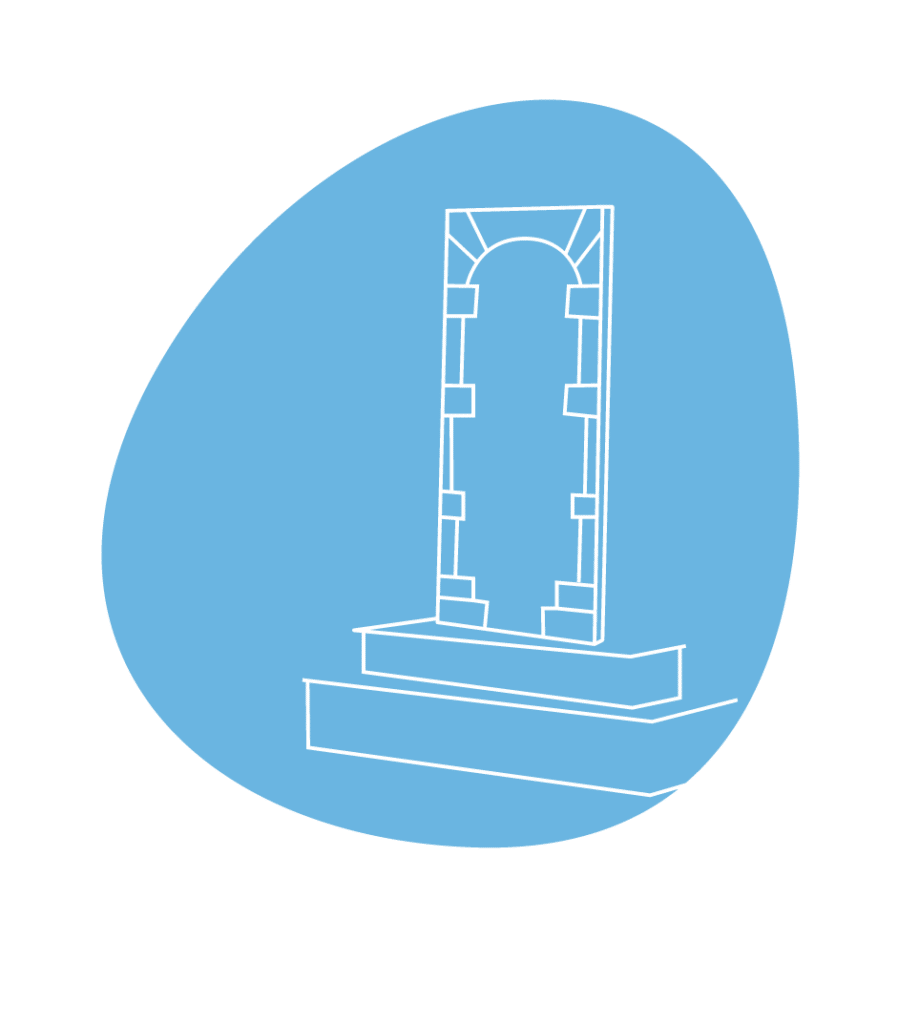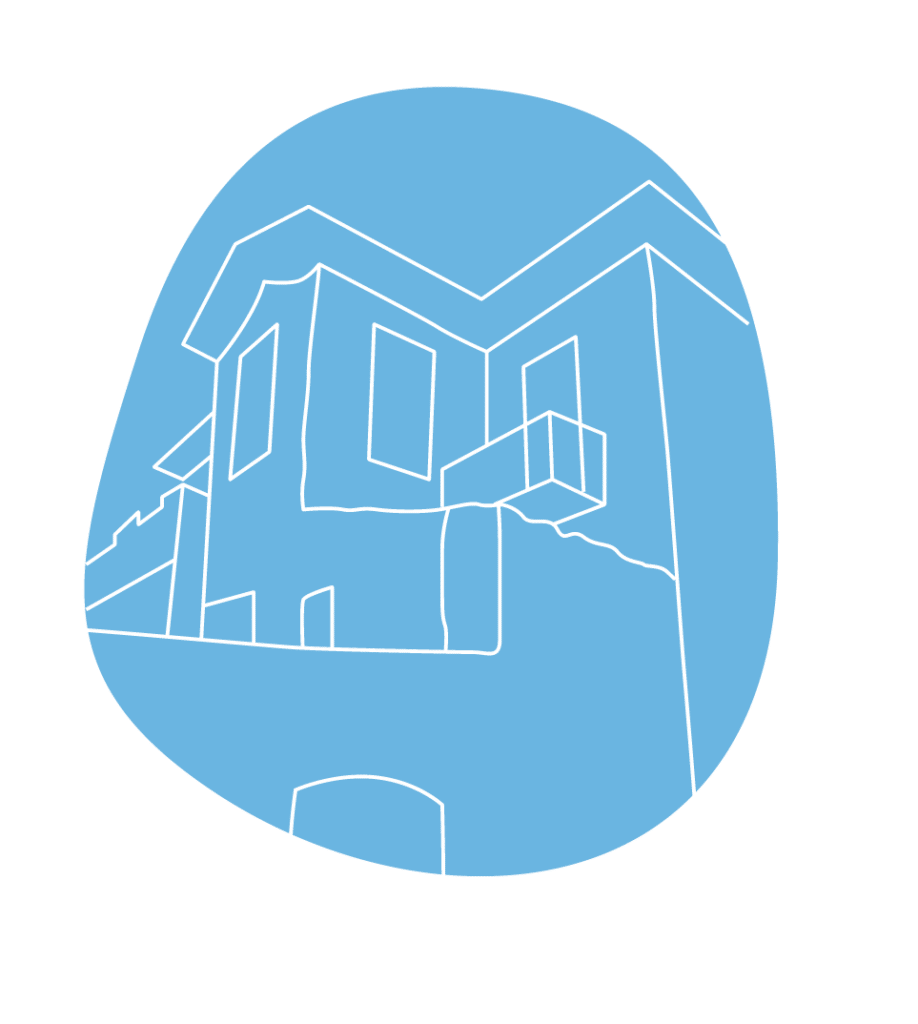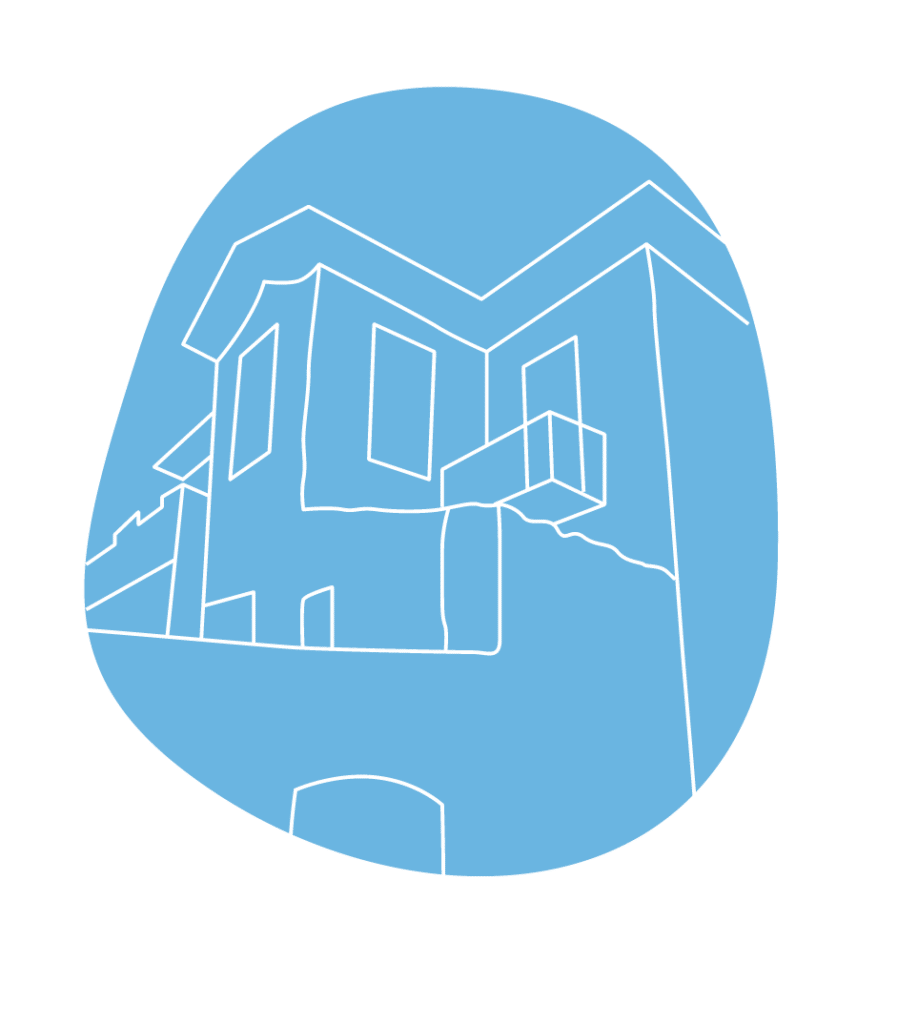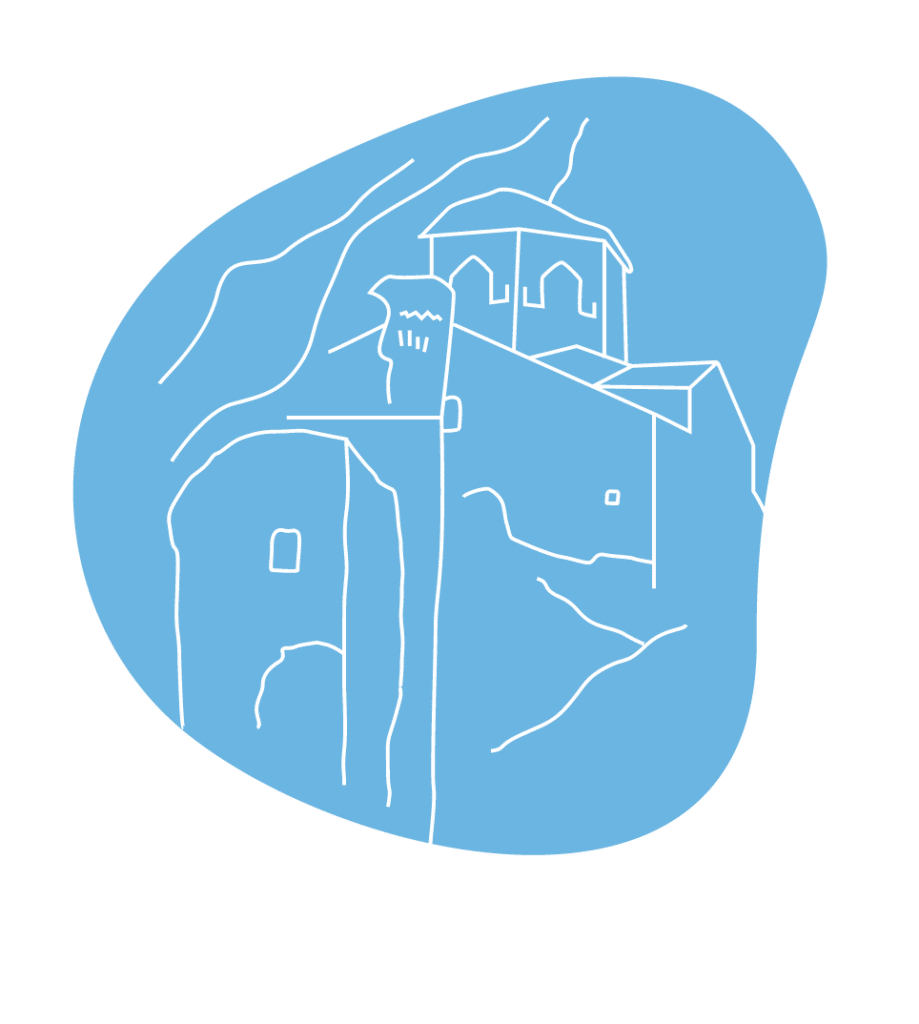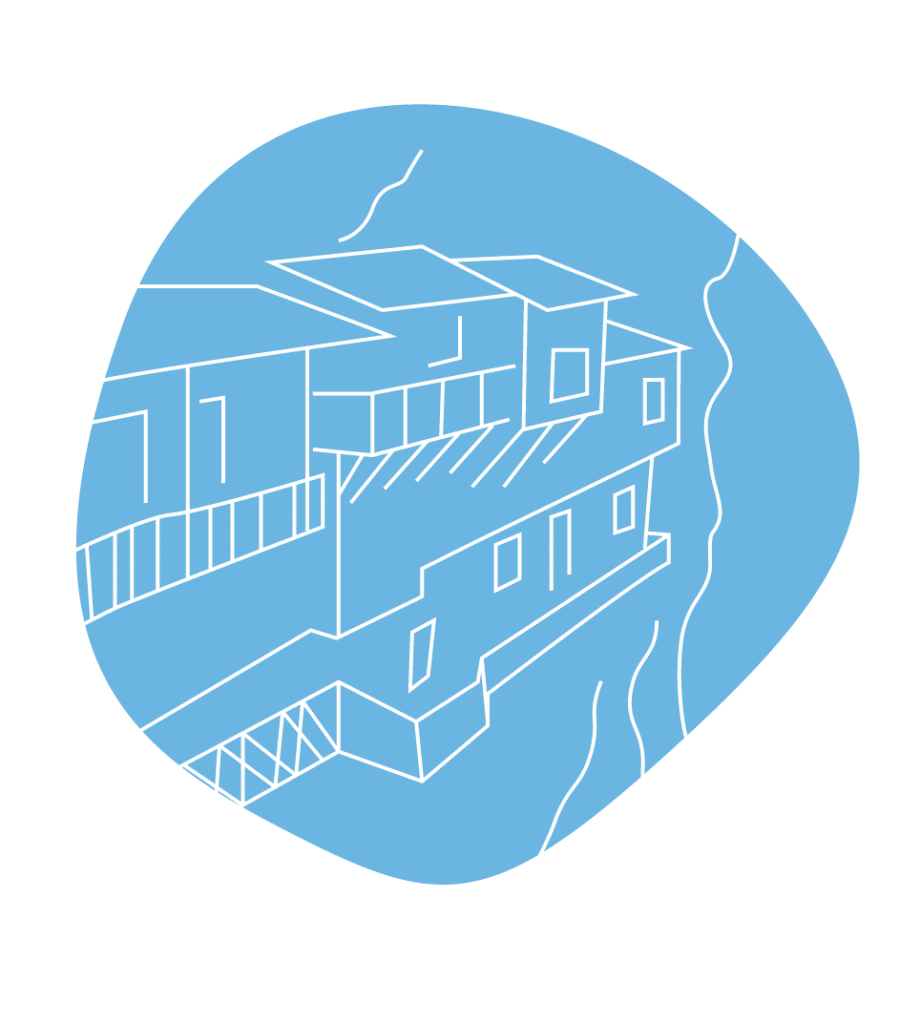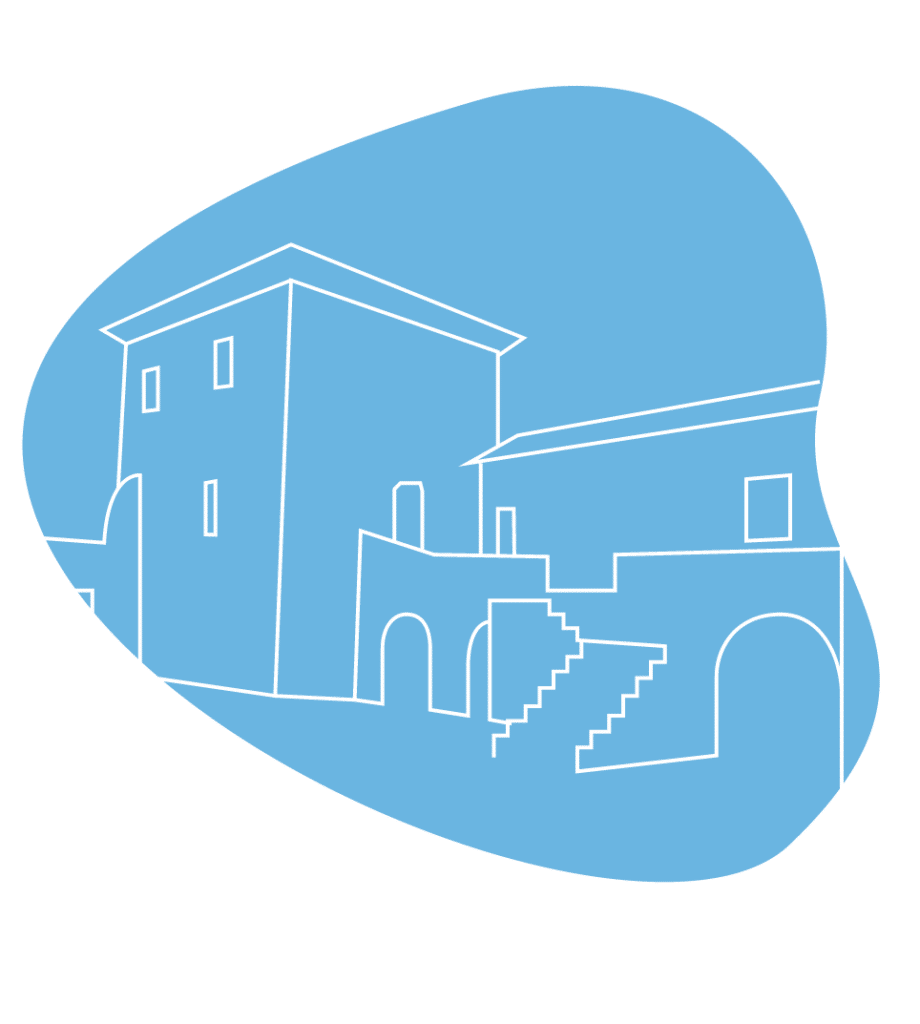Gortynia is an area of the Arcadia Regional Unit in the northwestern Peloponnese, directly intertwined with Hellenism since ancient times, when Arcadian cities such as Gortys, Teuthis, Thelpoussa, Heraea, Methydrio and Theisoa developed and flourished on its territory.
A holy, historical and enchantingly wonderful place. Surrounded by unique natural beauty, forests, mountains, rivers and picturesque villages that illustrate history, Gortynia offers unique and unforgettable experiences to its visitors in all seasons of the year.
During the 7th and 8th centuries AD, Slavic tribes settled in the area, which either left it in 807 AD, the year in which they were defeated by the Byzantine army, or were assimilated by the local Greek element. After all, many of the Slavic toponyms of the region are due to them.
During the 10th century AD, Orthodox monasticism developed in Gortynia, the beginning of which is considered to be the year 963 AD, when Ioannis Lampardopoulos, chief secretary of the court of the emperor Nikephoros ΙΙ Phokas with the nickname “Philosopher”, founded the Old Monastery of the Philosopher, which was known in popular tradition as the “Krifo Scholio” (Secret School). Other monasteries were established since then, such as that of John the Baptist in the 12th century AD.
During the Frankish rule, the area, which was divided into two baronies, Akova and Karytaina, experienced a great economic and cultural flourishing at least until 1320, when the Gortynians, after several attempts, shook off the Frankish occupation. However, in 1461 the Ottoman Empire finally prevailed.
Due to the area’s inaccessible, mountainous terrain, during the Turkish occupation, large populations found refuge in Gortynia in order to avoid the intense presence of the Turkish authorities, while for this very reason several armed bodies of klephts and charioteers were able to operate at the same time.
In 1770, during the Orlov revolt, Gortynia suffered looting by the disorderly Albanian troops of the Ottoman Empire, while similar was the devastation suffered by its mountain villages from Ibrahim Pasha’s invasion of the Peloponnese in 1825.
During the period of the Turkish occupation, the internal settlement played a decisive role in the subsequent development of the region, as the Greeks sought refuge in the mountains. The lack of arable land led the inhabitants to animal husbandry and handicrafts. The specialists in gunpowder of Dimitsana, called “barouxides”, the builders of Lagkadia, the silversmiths of Stemnitsa and, in general, a multitude of craft activities developed in Gortynia and filled the gap in agriculture. Each of these sectors was to play a catalytic role in the Revolution of 1821.
Gortynia was a Province of the prefecture of Arcadia since the first administrative division made in 1833 by the government of Mavrokordatos, and remained almost unchanged until 1997, when the “Kapodistrias” plan was implemented. It took its current form as the municipality of Gortynia in 2011, after the division of the country into regions, in the context of the administrative reform of Greece with the “Kallikratis” plan. Its original name was “Province of Gortynos” and later “Province of Gortynia”, and the original area included some mountain villages that belonged to Arcadia from ancient times, but today belong to the Regional Unit of Achaia, such as Paos, Kleitor and Psofis.
It has an area of 1180 sq. km, its terrain is mountainous and it is crossed by the rivers Lousio, Alfeio, Ladona and other tributaries. Due to its topography, the area is barren and produces only a few grains, livestock and forest products.
After the implementation of the “Kallikratis” administrative division plan in 2010, 8 former municipalities created by the “Kapodistrias” plan (Gortynos, Dimitsanas, Trikolonon, Heraea, Tropaion, Kontovazaina, Kleitoros, Lagkaion and Vytina) were converted into Municipal Units and merged into one (Municipality of Gortynia), with the historic Dimitsana as its capital. Its most important transportation artery is the National Road Tripolis-Argos.
Διαδρομες
Ιερά Μονή Ζωοδόχου Πηγής Στεμνίτσας
Το γραφικό και ιστορικό χωριό της Δημητσάνας αποτελεί βασικό θεματοφύλακα ιστορικών και λαογραφικών παραδόσεων του ελληνικού γένους. Στη βιβλιοθήκη της, εκτός από τα εμπλουτισμένα με 35.000 τόμους βιβλίων ράφια.
Αρχοντικό των Δεληγιανναίων
Το οίκημα δεσπόζει στον Πάνω Μαχαλά του ιστορικού χωριού Λαγκάδια, το οποίο, εκτός από σημαντικούς χτίστες, χάρισε στην Ελλάδα την περίφημη οικογένεια των Δεληγιανναίων, προεστών του Μοριά πριν από την Επανάσταση. Από την οικογένεια Δεληγιάννη προήλθαν και δύο Πρωθυπουργοί στα χρόνια μετά την απελευθέρωση.
Dimitsana Historic Public Library
The picturesque and historical village of Dimitsana is a key depository of historical and folklore traditions of the Greek nation. In its library, apart from the shelves enriched with 35,000 volumes of books, the visitor can also admire important relics and memorabilia from various moments of the glorious past.













